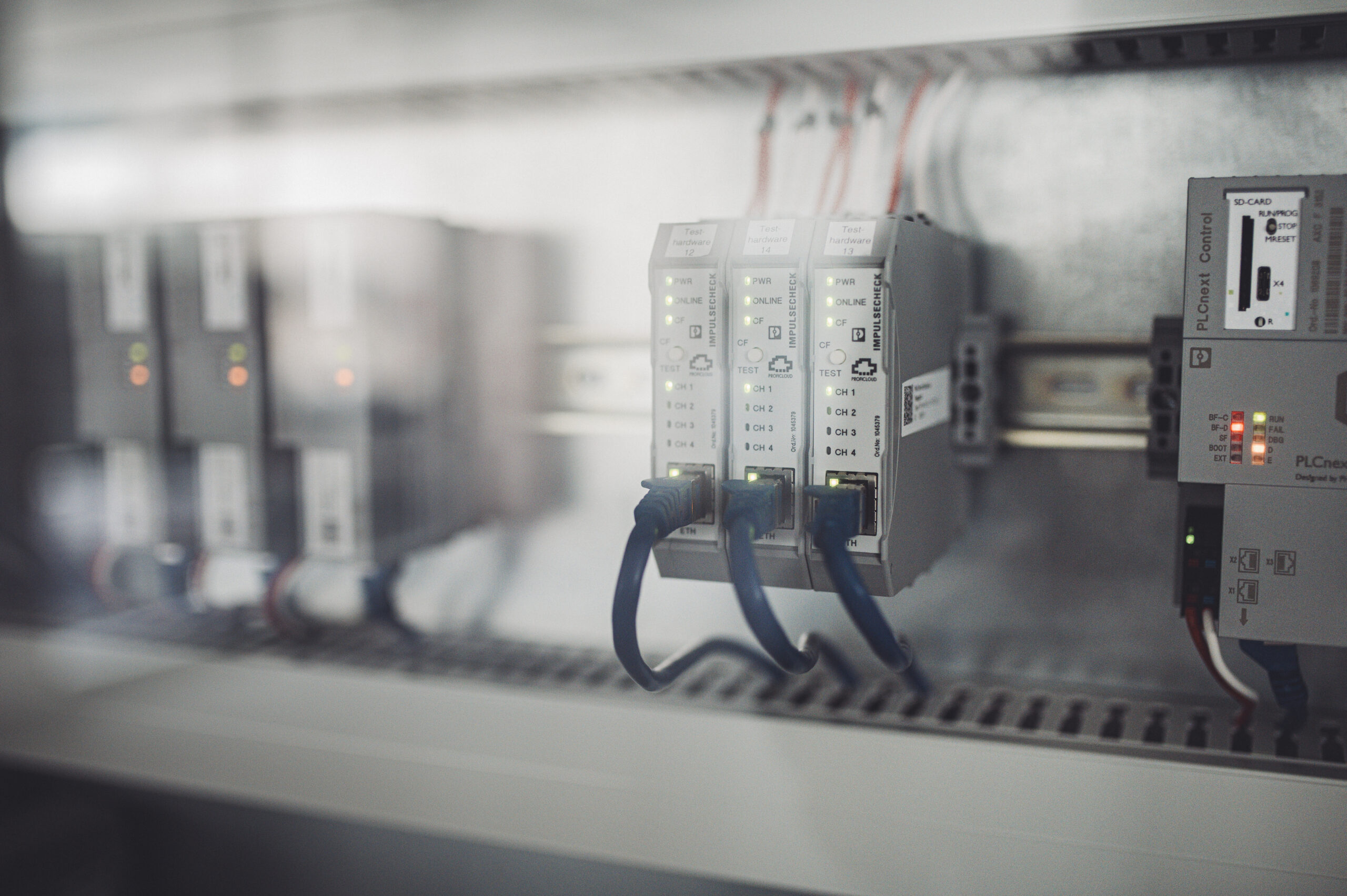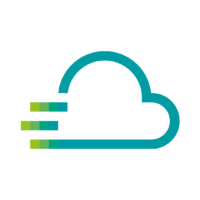
Impulse Analytics Service FAQs
Everything you every wanted to know about the Impulse Analytics Service and how to use it.
When you register the Impulse Check device on Proficloud.io for the first time, it can happen in rare cases that the device does not connect. The device will be displayed as offline on Proficloud.io with the message that it has never been able to connect.
A factory reset of the device helps in these cases. To do this, simply call up the IP address of the ImpulseCheck device and perform the factory reset with the addition /api/v1/resetToFactoryDefaults .
Please note: The network configuration will be reset as well.
Now reset the device token of the device on Proficloud.io. The device should be connecting now and will be visible as online. You can now use a Impulse Analytics Service Subscription to make full use of the ImpulseCheck device on Proficloud.io
More Information about the Hardware ImpulseCheck and the Smart Service ImpulseAnalytics Service can be found here: http://phoe.co/impulsecheck
Only certain devices are compatible with this service:
- IPCH-4X-PCL-TCP-24DC-UT – 1045379 https://www.phoenixcontact.com/product/1045379
- IPCH-4X-PCL2-TCP-24DC-UT – 1275381 https://www.phoenixcontact.com/product/1275381
The device must be added in the Device Management Service. Once the device is online, you can go ahead and configure the device in the ImpulseAnalytics Service.
Furthermore, the firmware of the device must be updated in order to connect to Proficloud.io.
In case you registered your device in our old system on proficloud.net and are upgrading to Proficloud.io, the data is automatically imported.
The firmware of the device must be updated in order to connect it to Proficloud.io.
Just add your device in your proficloud.io account and add your device. Once the device is online and you access ImpulseAnalytics, the device is enabled inside of ImpulseAnalytics and its configuration (Arrester, Plugs, etc.) as well as existing surges & bursts are imported automatically.
The measurement data is transmitted via an encrypted Internet connection in accordance with the TLS 1.2 standard using server and client certificates.
You can temporarily start a local web server for network settings on the device, such as static or dynamic IP (DHCP) or proxy configurations. In normal operation, the device does not disclose any open ports, which means maximum security.
Any software updates necessary in the future will be made available automatically.
The measurement data is stored permanently in Proficloud.io in order to calculate long-term effects on the protective device and to identify systematic malfunctions in the system.
Only anonymized data which, in accordance with GDPR, does not enable the identification of persons, is used for the continuous improvement of the aging algorithms and for general statistical purposes.
Yes. For the analysis of the system EMC, the sensors can, for example, be mounted on the feed-in lines of a system in order to detect transient overvoltages and surge currents there.
With the appropriate expertise, this measurement data can be used to draw far-reaching conclusions regarding the system EMC.
No. The transient overvoltages are detected through capacitive measurement via the sensors mounted on the cables.
The process is optimized for transient overvoltages. Flickers and harmonics are not within the detection frequency range. Other devices, such as the EMpro energy measuring devices, are suitable for measuring flickers and harmonics.
A key role of ImpulseCheck is determining the load on an SPD (surge protective device). This makes it possible to draw conclusions on its state of health (SoH).
The algorithms established for estimating the aging behavior can be continuously improved through empirical data. By permanently storing the measurement data in the PROFICLOUD, all users can benefit from this continuous improvement of the algorithms, even if ImpulseCheck has been installed for a number of years. As soon as an improved algorithm is available, this is integrated into the ImpulseAnalytics application. It is automatically applied to all previously available data. This makes the system absolutely future-proof, which would not be possible with a local platform not connected to the cloud.
The REST interface of the Impulse Analytics application enables all data to be called up and further processed at any time. Furthermore, there is a simple function available for exporting the entire measurement data for selected individual events for your own evaluations.
No. ImpulseCheck can be used with any SPD from any manufacturer.
The measurement and representation of the load caused by transient overvoltages and surge currents does not depend on the type of SPD.
However, statements on the state of health (SoH) and recommendations for the predictive replacement of the surge protection can only be made for surge protective devices from Phoenix Contact, because this requires detailed knowledge of the internal design and structure of the SPD.
The Impulse Analytics Service Proficloud.io application is subject to continuous development and improvement.
Your contact partner in sales will be happy to answer any enquiries regarding the interpretation of any outstanding events. However, it is not possible to guarantee the prompt and comprehensive processing of all enquiries.
It is not possible to determine the previous load of an older SPD. The highly nonlinear behavior of the components installed in SPDs means that a retroactive calculation based on current measurement data is not possible.
Making a forecast of the aging based on the date of installation is also impossible, because aging is primarily caused by individual events – the frequency of which is unknown.
Each SPD to be monitored requires an ImpulseCheck device.
A volume discount is not currently provided as a standard. Please contact your partner in sales regarding this.
The sensor of IPCH is designed for a measurement of the change of magnetic field which results from a change in current flow.
Such measurements are shown as events in the surge current list. An additional function of the sensors in combination with the multi-layer PCB board in the IPCH module is a detection of transient overvoltages by capacitive coupling.
This is a mere counting of events without quantitative information about the voltage spikes.
The transient overvoltages are counted in real time, but since thousands of transients can occur in a very short time, it is not possible to put a separate time stamp on each event. The total number of transients is transmitted approximately every minute.
The device also works if the connection is interrupted. Impulses are still measured and the device constantly tries to re-establish the connection to Proficloud.io.
The current measurement of the ImpulseCheck is continuously written to a buffer memory. In the event of a current impulse, a recording is triggered and then transmitted to the cloud. If there is no cloud connection, a limited number of impulses can be stored in the buffer memory until the connection to Proficloud.io is re-established.
The number of stored impulses depends on the respective duration, as this determines the required amount of data. Please note that the ImpulseCheck cannot set a correct time stamp if the cloud connection is lost.
Proficloud.io is available in China, please use this url: https://proficloud-io.cn/

